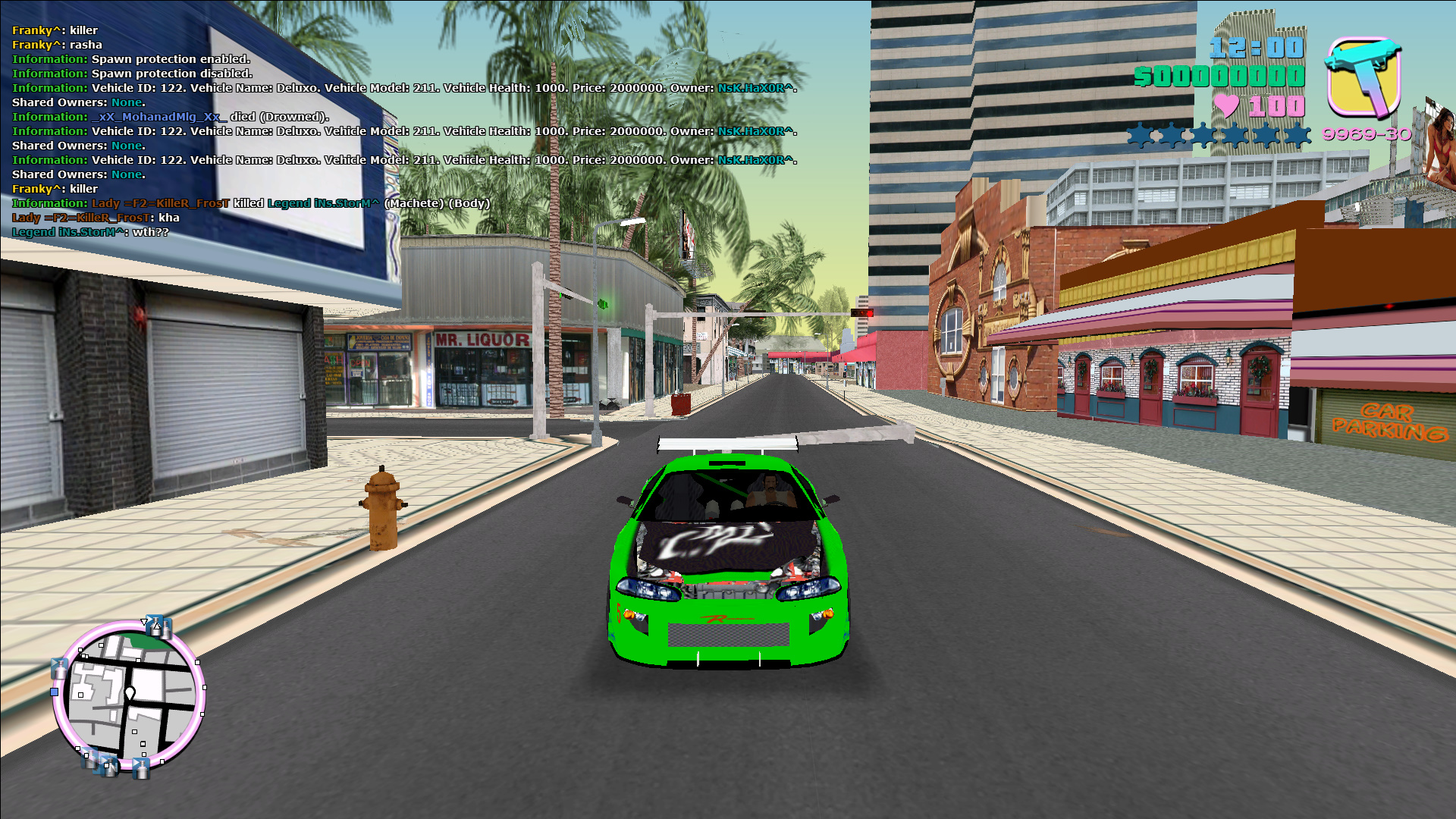


Use plastic tools near anything delicate.

Removing little trim pieces with a screwdriver or metal blade can mar plastic or scratch paint.
Flathead and Phillips-head screwdrivers-you’ll come across something that needs to be popped out or unscrewed somewhere along the way. A simple set for under $30 should do the trick. At minimum, you’ll need to disconnect the negative terminal on your battery, and you may need to loosen a taillight or other part. A basic socket-wrench set or open-end wrench set. If not, get some that can easily strip the ends of smaller, 24- and 26-gauge wire, too. Small-gauge wire strippers 22-gauge will do, if you have them. About two to four hours of free time, and a bit of moxie. Most DIYers shouldn’t bother with flush-mount cameras-they’re best left to professional installers. In some situations, such as on a truck’s tailgate, this kind of camera can be the best solution, but it requires drilling a visible hole into your vehicle, and it leaves no margin of error in determining the vertical angle of the camera: If the surface you drill into leaves the camera pointing too high or low, you’re stuck with it. Flush-mount installations: You insert this type into a car-body part, such as a bumper or a trunk lid. Depending on the model, you attach a center mount with simple clips, adhesive strips, or more-permanent screws. License-plate center mounts: Almost as easy to install as frame replacements, these designs position the camera on a tiny, tilting neck that attaches behind the top of your license plate. The camera is embedded into a frame that you screw into the same holes as your license plate the frame goes across the top of the plate or all the way around, like a normal license-plate frame. License-plate frame replacements: These models are the easiest to install, and the best for most people doing it themselves.










